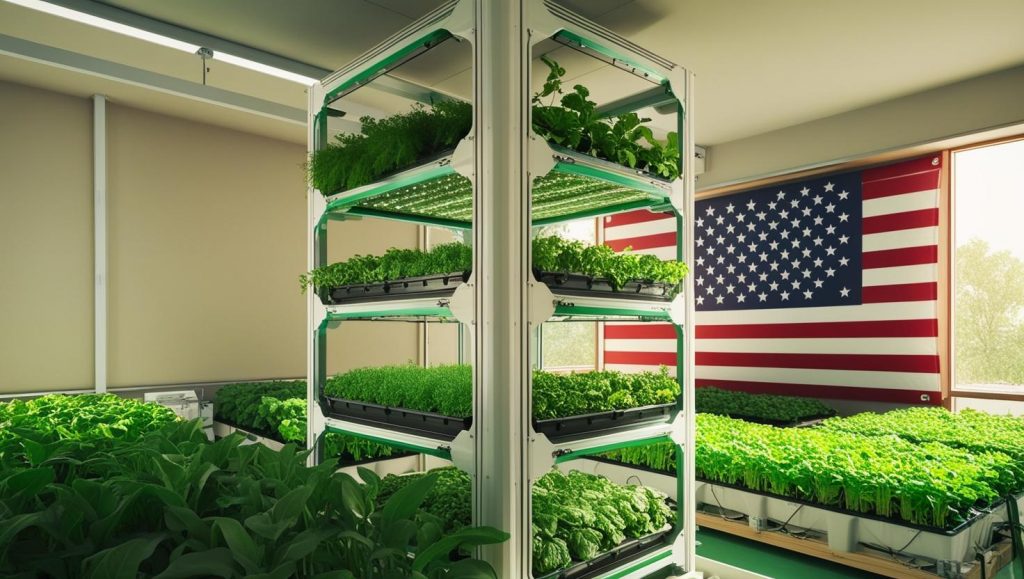The vertical farming industry, known for its promise of sustainable food production and urban agricultural innovation, has faced a series of challenges stemming from trade policies implemented during the Trump administration. Among the most significant of these policies were tariffs imposed on key agricultural technologies and equipment—many of which are critical to the success of vertical farming operations. While these trade restrictions created temporary headwinds, they have also unlocked new pathways for innovation, investment, and growth, setting the stage for a more resilient and adaptive vertical farming market in the years ahead.
Understanding the Impact of Trump-Era Tariffs on Vertical Farming
During the Trump presidency, the U.S. imposed broad tariffs on imports from key trading partners particularly China as part of a strategy to support domestic manufacturing and address trade imbalances. Unfortunately, this approach also led to increased costs for high-tech farming components such as LED grow lights, climate control systems, sensors, and automation technologies many of which are primarily sourced from international suppliers.
These added costs placed a strain on vertical farming operations, especially for startups and smaller farms operating on lean budgets. Projects were delayed or scaled back, profit margins shrank, and supply chains became more vulnerable to disruption. The tariffs also introduced a layer of uncertainty, making it more difficult for investors and farm operators to plan long-term infrastructure and technology investments.
Book Your “Trump Tariff Threat Assessment”
https://www.marketsandmarkets.com/pdfdownloadNew.asp?id=221795343
Rising From Disruption: New Opportunities Take Root
Despite the short-term difficulties, the vertical farming market has shown strong signs of adaptation and evolution. One of the most notable developments has been the acceleration of domestic production and supply chain localization. U.S. manufacturers have begun investing more heavily in producing key agricultural technologies at home, reducing the sector’s reliance on imported equipment.
In parallel, vertical farming companies have started integrating advanced technologies such as artificial intelligence, machine learning, and Internet of Things (IoT) devices to increase operational efficiency and reduce overall input costs. The pressure created by tariffs has also fostered greater collaboration between agri-tech innovators and vertical farming operators, fueling the development of smarter, more scalable farming systems.
Looking Ahead: The Vertical Farming Market’s New Growth Trajectory
With global food security challenges, climate change concerns, and population growth driving demand for sustainable agricultural solutions, vertical farming remains a vital part of the future food ecosystem. The experience of navigating trade policy barriers has made the market more resilient and strategically diversified.
Looking ahead, policy support in the form of subsidies, tax credits, and research grants for vertical farming innovation could help further offset the lingering effects of past tariffs. Likewise, public-private partnerships and urban planning initiatives can help promote vertical farming as a key pillar of local food systems.

